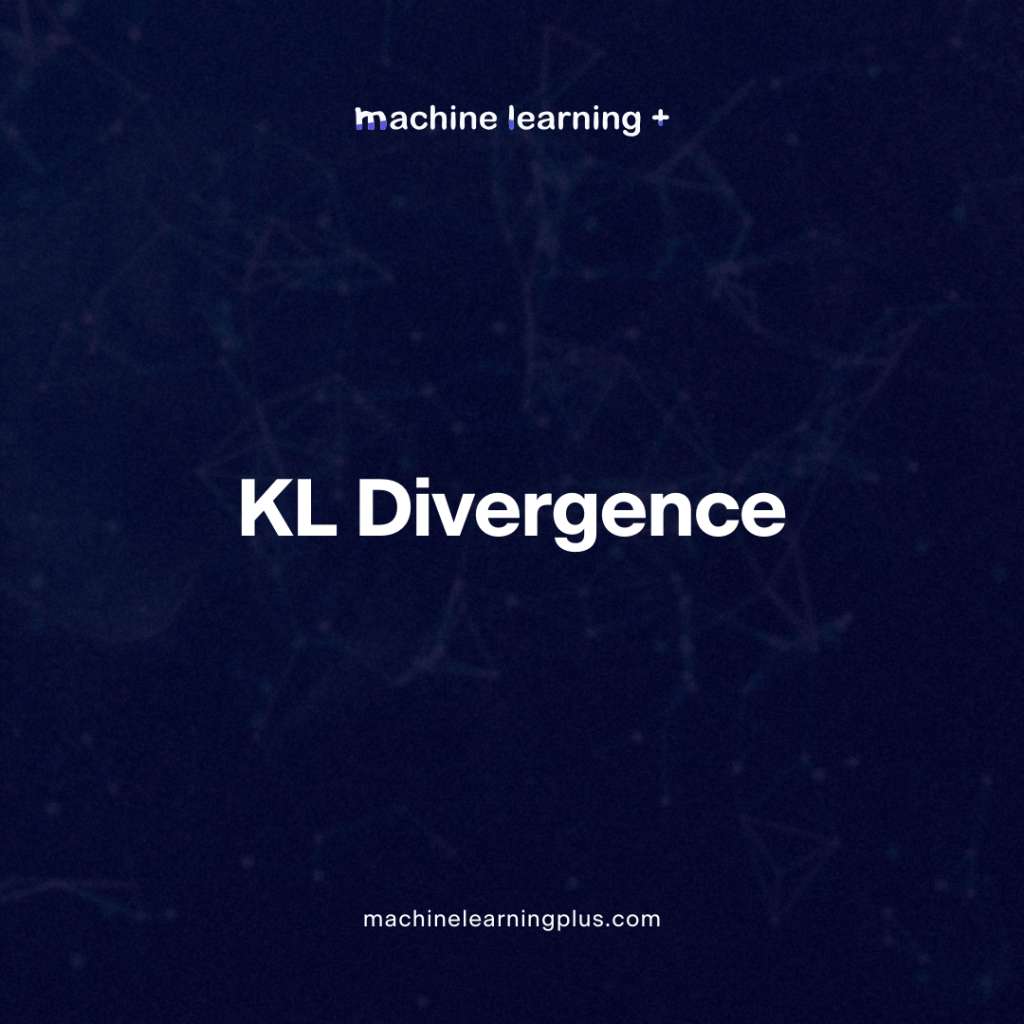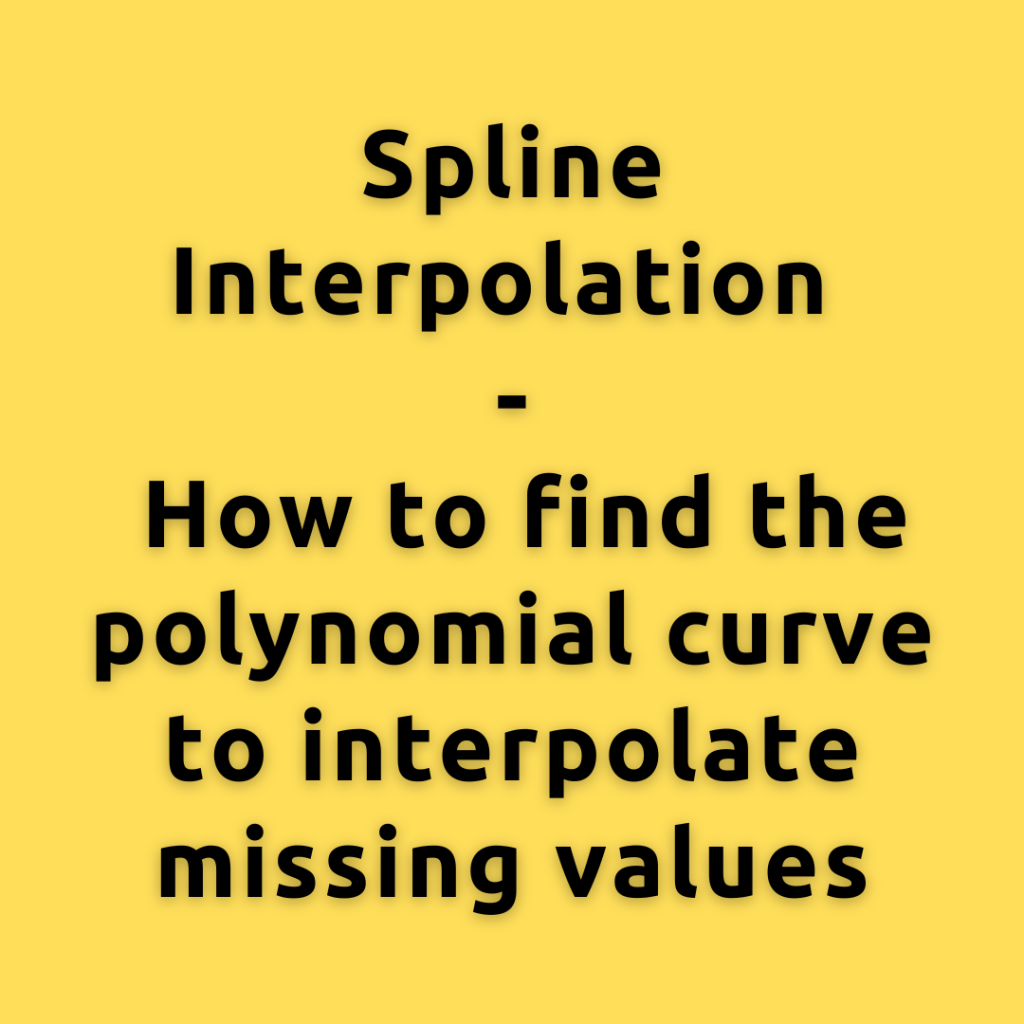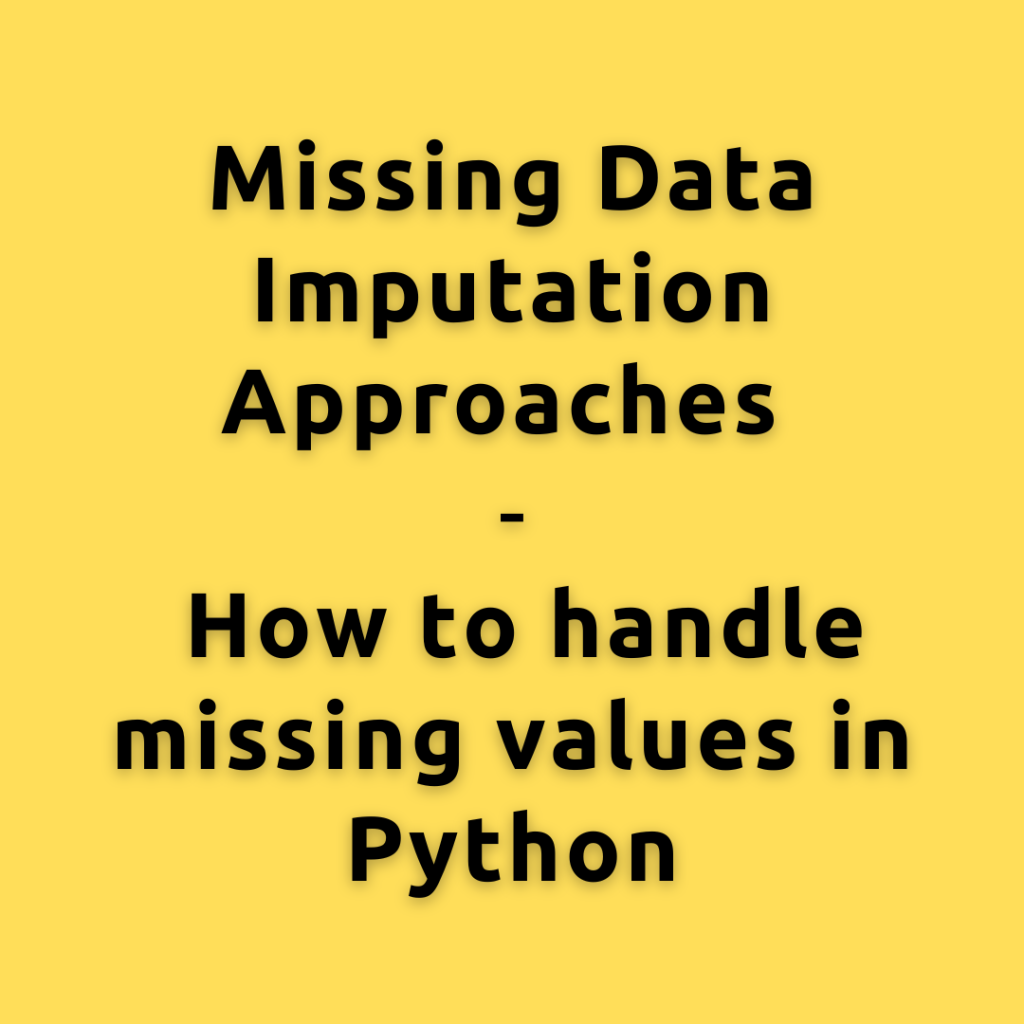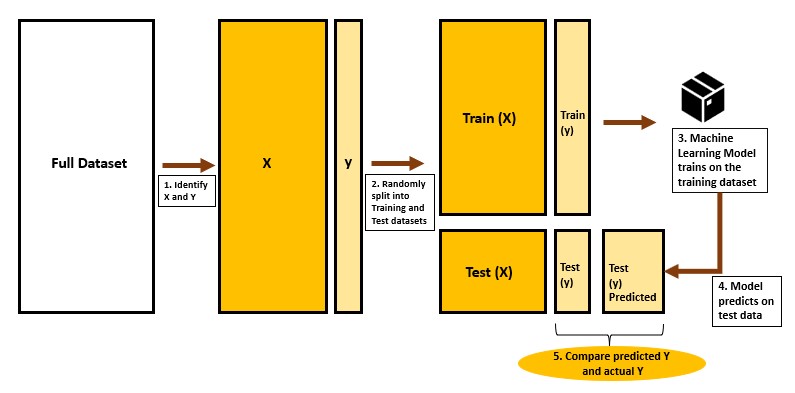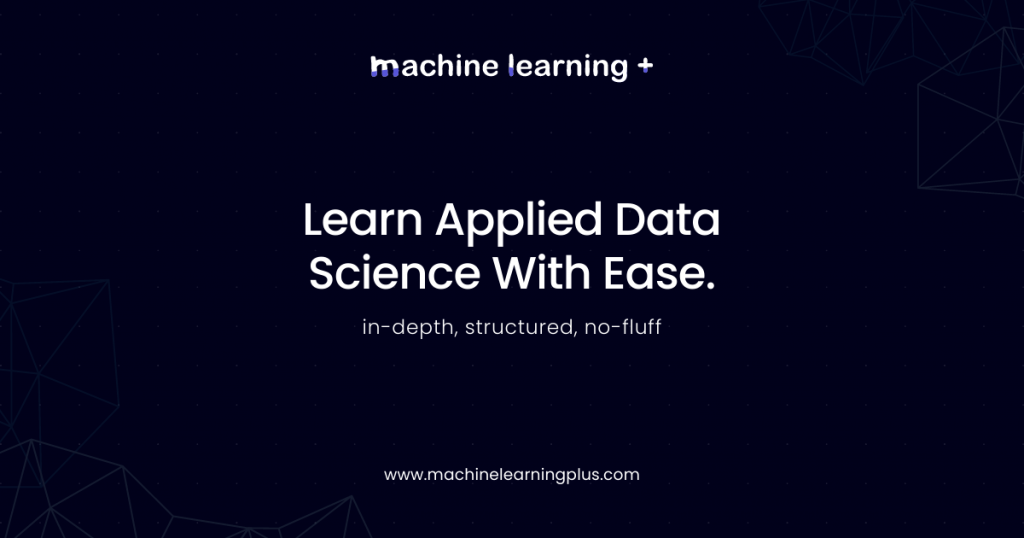KL Divergence – What is it and mathematical details explained
At its core, KL (Kullback-Leibler) Divergence is a statistical measure that quantifies the dissimilarity between two probability distributions. Think of it like a mathematical ruler that tells us the “distance” or difference between two probability distributions. Remember, in data science, we’re often working with probabilities – the chances of events happening. So, if we have …
KL Divergence – What is it and mathematical details explained Read More »




